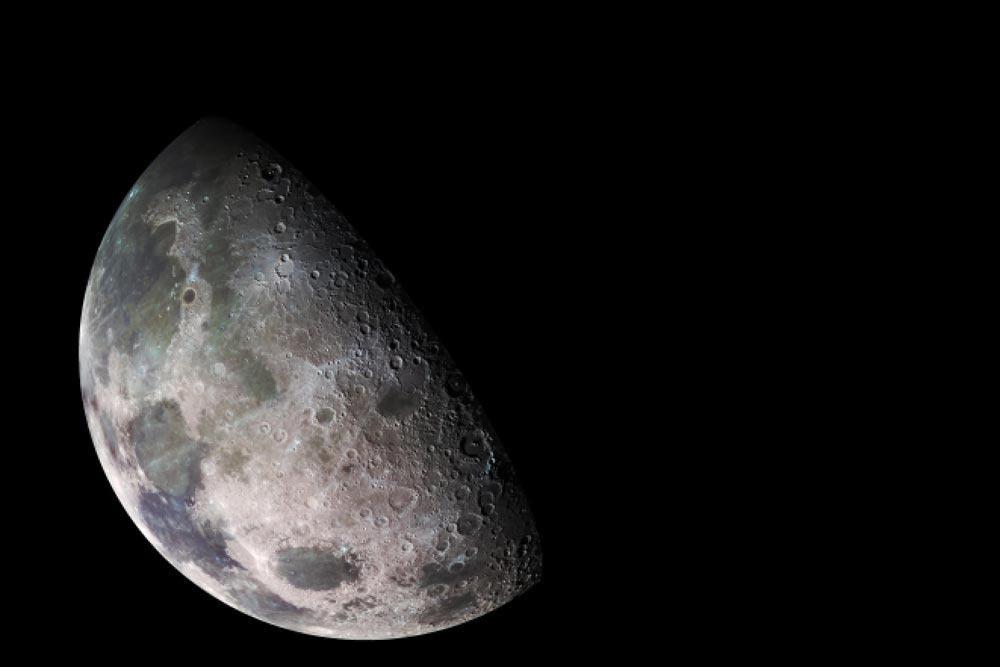NASA Picks Payloads to Be Toted by 1st Private Moon Landers

We know now what NASA science gear will fly on the first private moon landers, which could launch as early as this year.
The agency has picked 12 science and technology payloads, including three resource-prospecting instruments, for delivery to the lunar surface by robotic commercial landers, officials announced Thursday (Feb. 21).
"This payload selection announcement is the exciting next step on our path to return to the surface of the moon," Steve Clarke, the Science Mission Directorate deputy associate administrator for Exploration at NASA Headquarters in Washington, D.C., said in a statement. [21 Most Marvelous Moon Missions of All Time]
The newly selected payloads, and others that follow in their footsteps, "will begin to build a healthy pipeline of scientific investigations and technology development payloads that we can fly to the lunar surface using U.S. commercial landing delivery services," Clarke added. "Future calls for payloads are planned to be released each year for additional opportunities."
The commercial landers in question are being developed by nine U.S. companies, which NASA chose for this job in November. It's unclear exactly when the first of these craft will fly, but agency officials have said they'd like for robotic delivery missions to begin sometime in 2019.
The 12 payloads consist of 10 scientific instruments and two technology demonstrations developed by researchers at multiple NASA field centers. The gear will gauge the abundance of hydrogen on the lunar surface; gather critical entry, descent and landing data; measure radiation levels; and test out advanced solar arrays that could enable longer surface missions, among other things. You can learn more about them here.
NASA envisions the data gathered by these and other moon-bound payloads — including another crop expected to be announced this spring — as helping to pave the way for a human return to the lunar surface, which the agency aims to do by the end of the decade under President Donald Trump's Space Policy Directive 1.
Breaking space news, the latest updates on rocket launches, skywatching events and more!
This directive also instructs NASA to use the moon as a stepping-stone to Mars and other deep-space destinations.
"The moon has unique scientific value and the potential to yield resources, such as water and oxygen," NASA Administrator Jim Bridenstine said in the same statement. "Its proximity to Earth makes it especially valuable as a proving ground for deeper space exploration."
NASA's vision includes a small moon-orbiting space station called the Gateway, which will serve as a jumping-off point for crewed and uncrewed sorties to the lunar surface. Assembly of the Gateway is expected to begin in 2022.
Mike Wall's book about the search for alien life, "Out There" (Grand Central Publishing, 2018; illustrated by Karl Tate) is out now. Follow him on Twitter @michaeldwall. Follow us on Twitter @Spacedotcom or Facebook.

Michael Wall is a Senior Space Writer with Space.com and joined the team in 2010. He primarily covers exoplanets, spaceflight and military space, but has been known to dabble in the space art beat. His book about the search for alien life, "Out There," was published on Nov. 13, 2018. Before becoming a science writer, Michael worked as a herpetologist and wildlife biologist. He has a Ph.D. in evolutionary biology from the University of Sydney, Australia, a bachelor's degree from the University of Arizona, and a graduate certificate in science writing from the University of California, Santa Cruz. To find out what his latest project is, you can follow Michael on Twitter.
